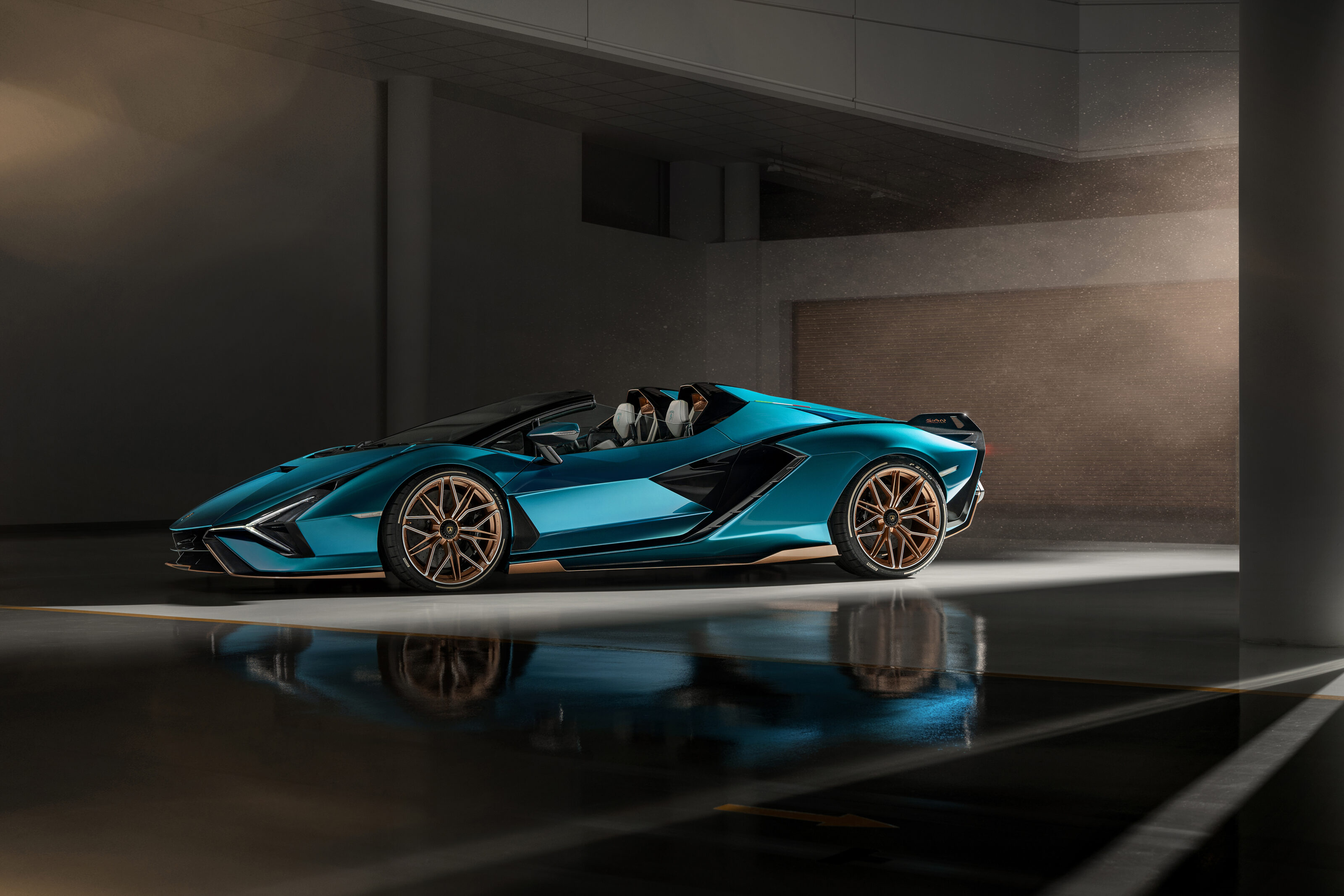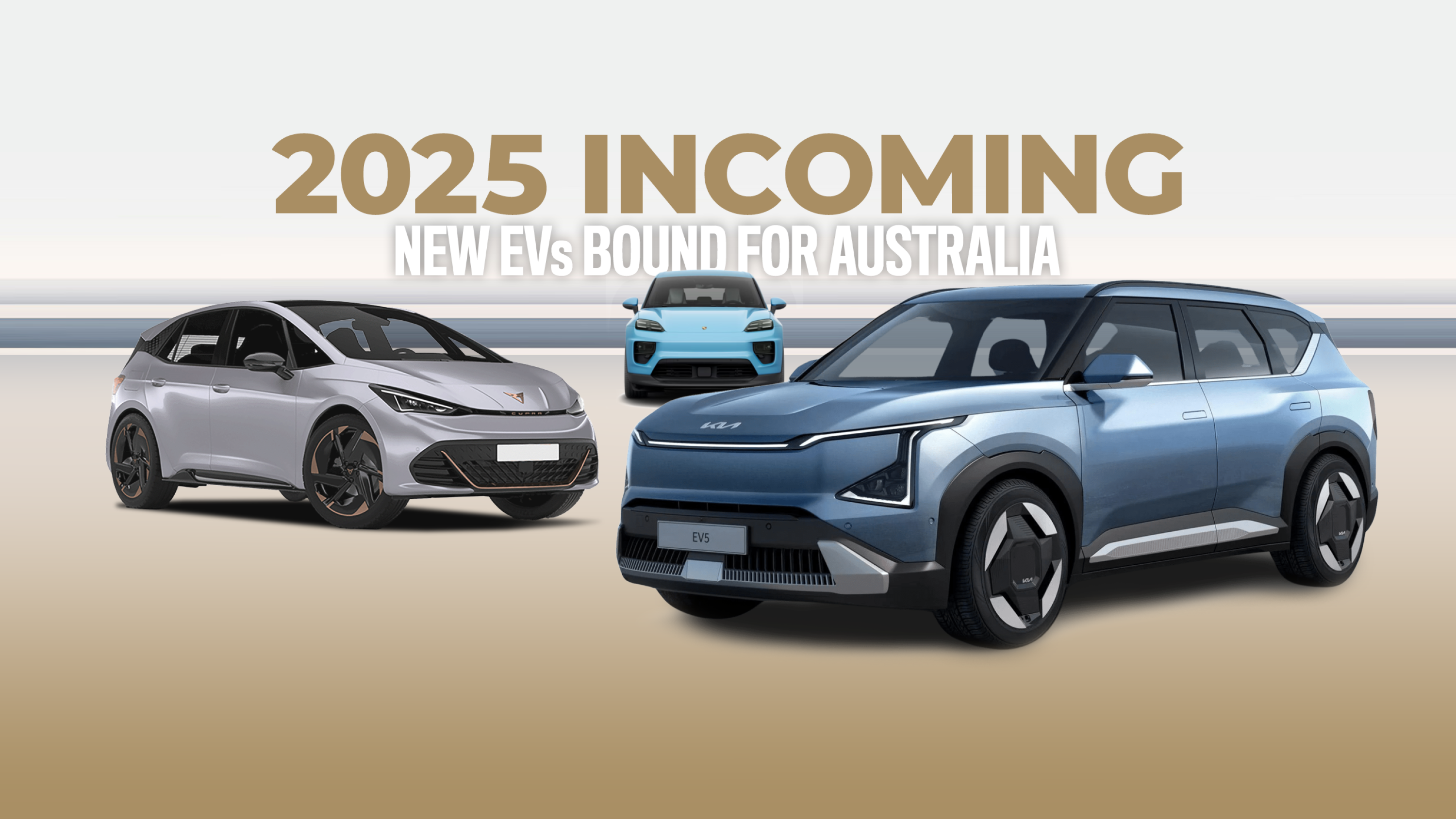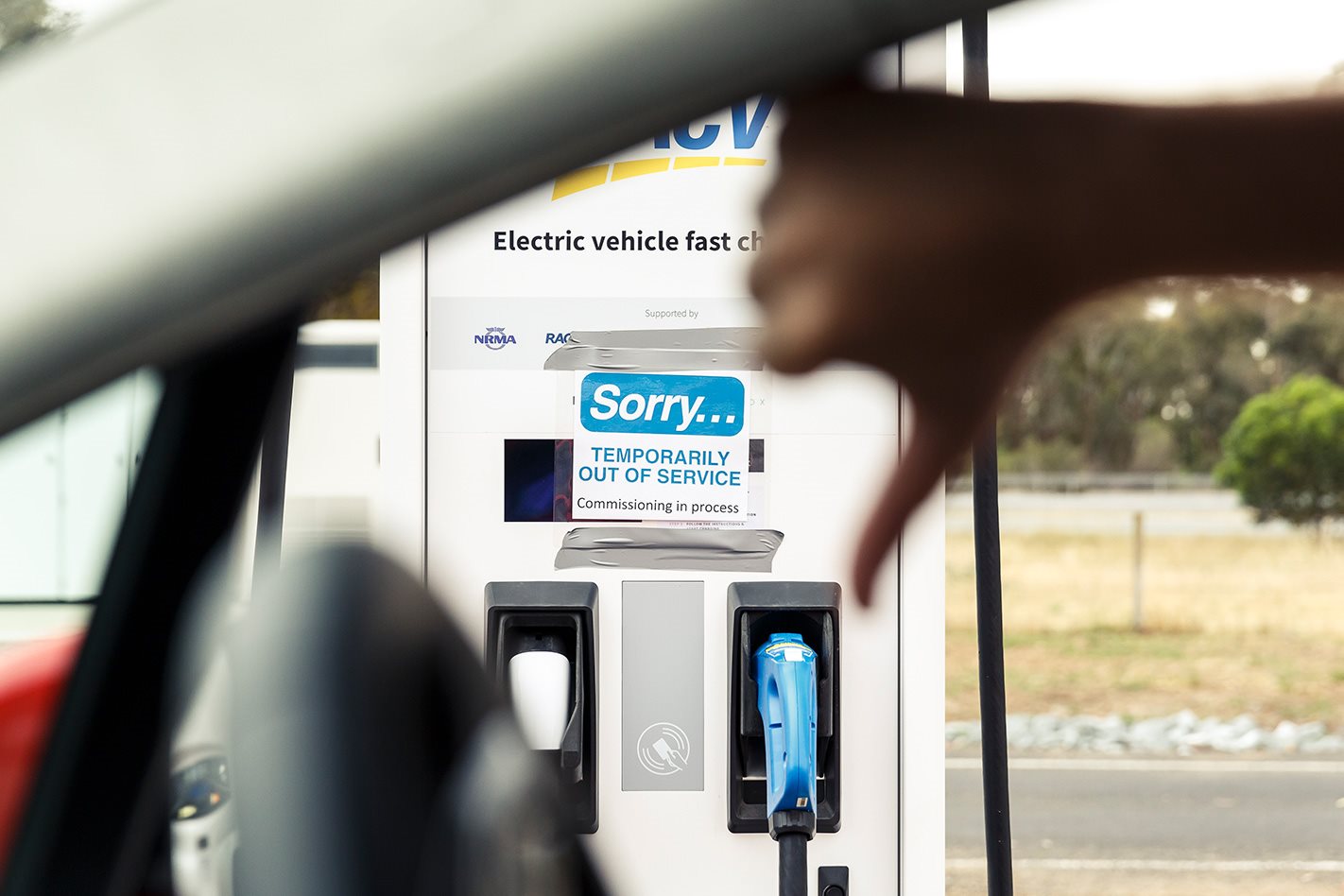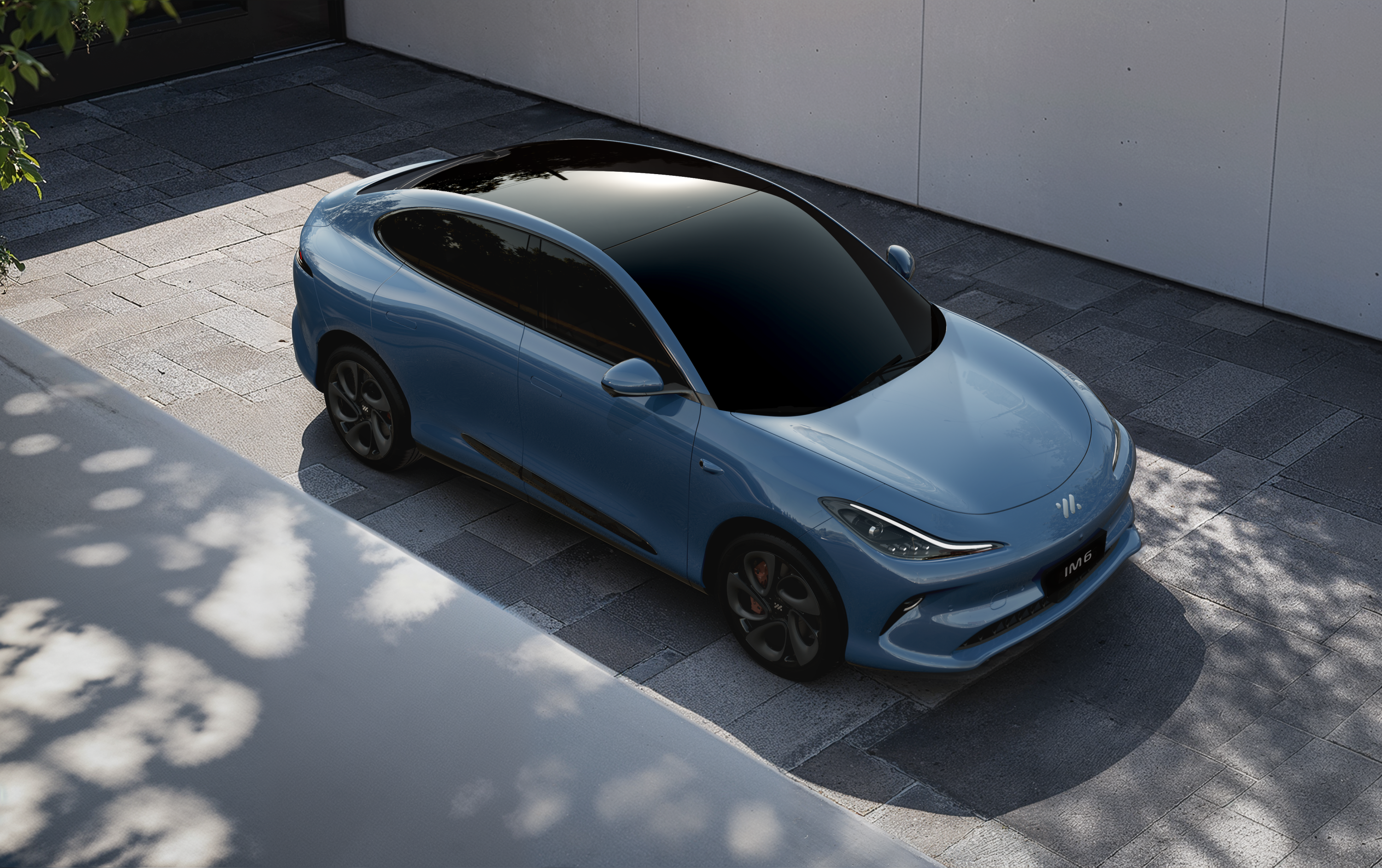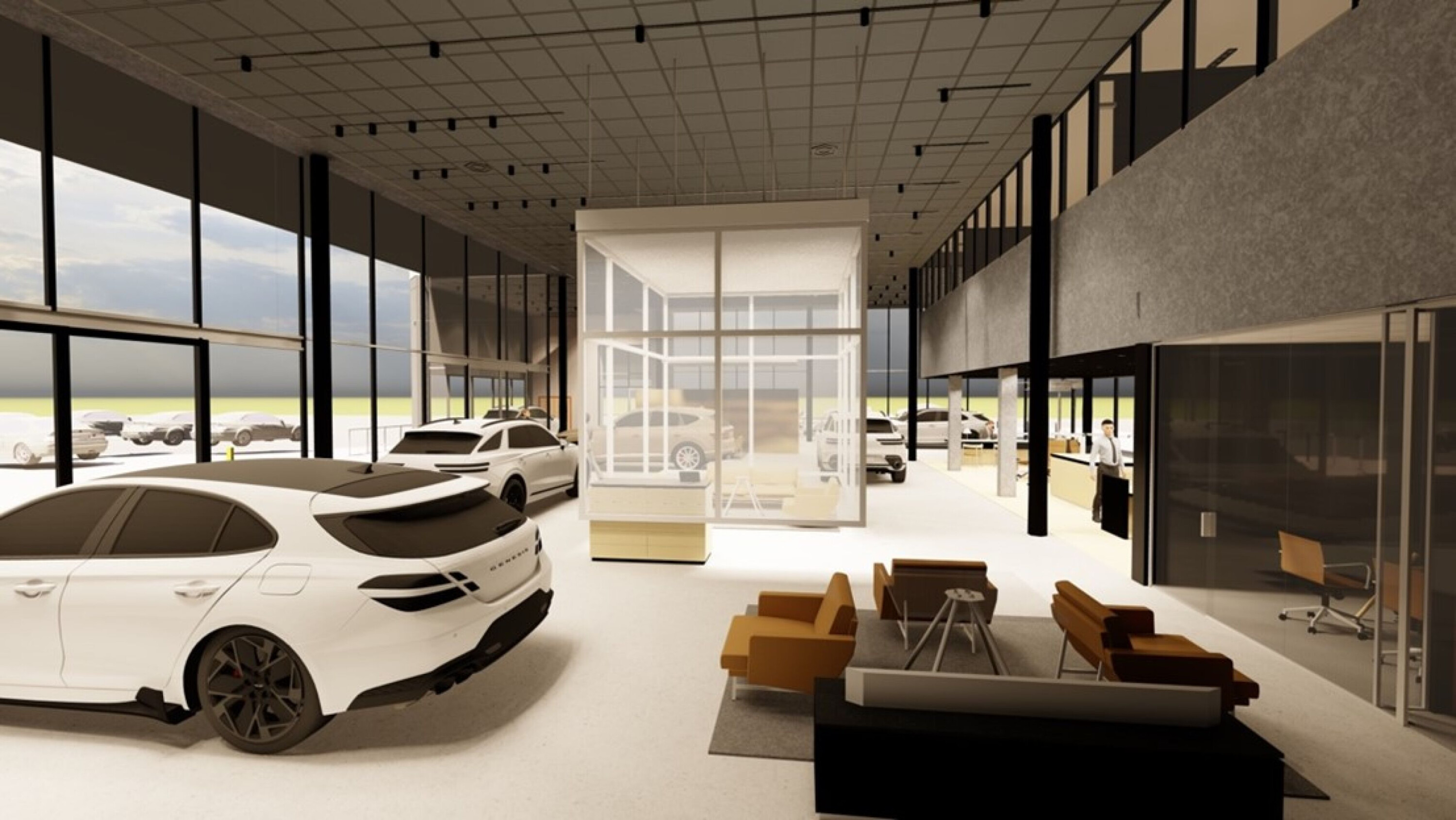Amidst international pressures on emissions, and a rapid industry-wide shift towards electrification, Lamborghini’s road to sustainability is arguably a much tougher path than any other carmaker.
With longstanding buyers drawn to by the brand’s big-capacity naturally aspirated V10s and V12s, Sant’Agata must toe the line between technical advancement whilst navigating increasingly stringent emissions regulations, all without excluding its consumer base.
It’s something that Francesco Scardaoni, who sat down to speak with MOTOR following the recent Huracan STO launch, is acutely aware of.
“We have to be able to transplant our DNA into the new generation of electrification”.
“Of course it’s not easy, with this mega-trend of electrification. There is a constraint on design, on weight and also on emotion”, Scardaoni said.

For a brand that has spent generations forging an identity based on old-school mechanical charm, and thumping free-breathing internal combustion engines; the Sant’Agata supercar maker has every reason for cautious steps as it moves to secure its future.
“We must be sure that when we think about our new products that we still have our DNA 100 per cent represented in our cars: our style, our design, our performance and handling, and of course our emotions”.
The brand has been tentative to reveal its plans for the future, but as Scott Newman explores in his column in the April issue of MOTOR, they may not be able to afford to delay much longer; as emissions regulations around the world continue to tighten as nations rush to face the climate crisis head on.
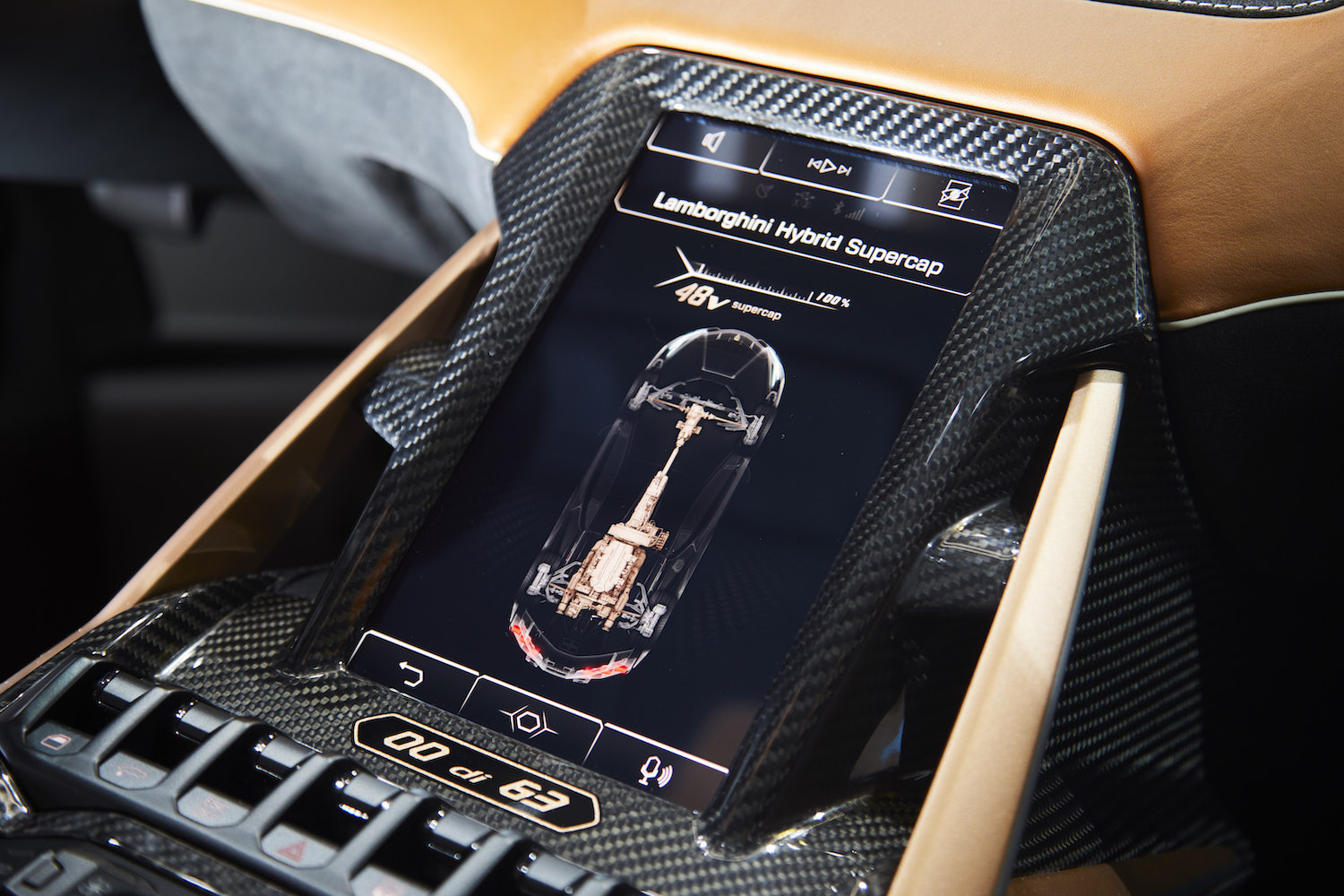
But as carmakers scramble to throw billions at a rapid-fire uptake of BEVs, Lamborghini may find it has engineered itself into a corner.
Ask yourself whether Lamborghini’s customer base would find a fully electric Raging Bull all that palatable?
Scardaoni doesn’t seem to think so, stating: “as of today, we don’t see that a pure electric powertrain can fit, one-to-one, the DNA of Lamborghini in terms of driving emotion, in terms of handling and in terms of the requirement of our customers”.
“We might think that there is an intermediate solution, that can be hybridisation”.
Scardaoni points to the Sian to illustrate: “when we introduced the first hybrid Lamborghini; we introduced a mild hybrid system where the electric motor is plugged into the gearbox with the use of a supercapacitor”.
“So, we have a battery which is lighter compared to the standard lithium battery. This allowed us to have a hybrid unit which is self-carried, so the power-to-weight ratio is one-to-one, so it doesn’t affect the driveability and the handling of the car”.
“This kind of approach, that Lamborghini always follows, is the approach that we also need to follow in terms of future electrification”, Scardaoni said.
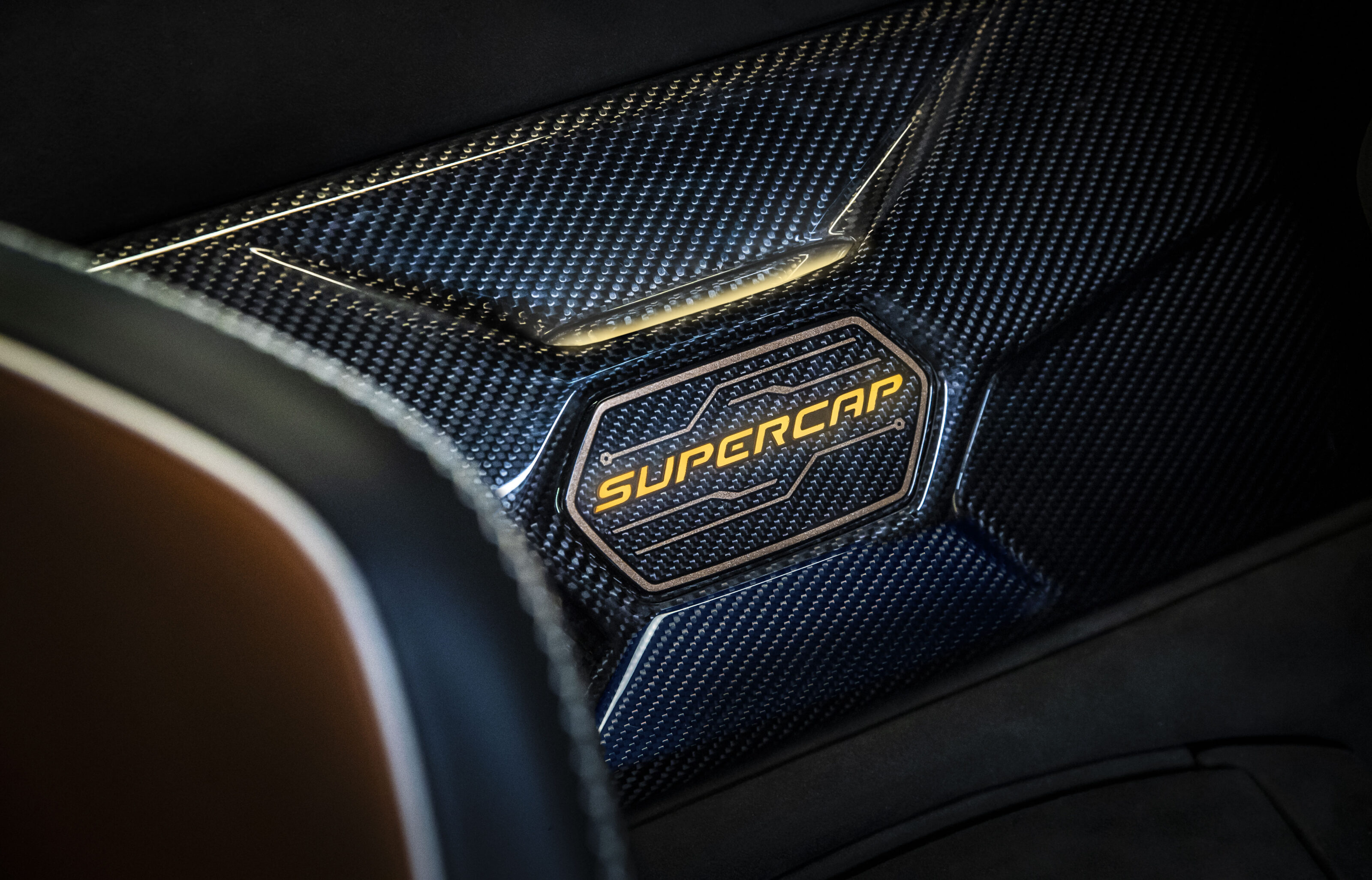
But what of Lamborghini’s current crop of much-vaunted powerplants?
Earlier this year, Maurizio Reggiani was resolute in his statement: “The V12 will probably never die, we’ll see the two technologies [ICE and electrification] together”.
However, when quizzed on the future of the Huracan’s V10; Scardaoni couldn’t commit to the same level of decisiveness as his fellow employee.
“In the future, countries will implement even stricter regulation, so we need to be open and invest even more in new technologies”.
“Lamborghini invests a lot in research and development on the powertrain… [we’re] the last manufacturer today to use a naturally aspirated engine”.
“You can imagine it’s not easy as the world is going towards stricter and stricter regulation in terms of emissions”.
“Here in Asia Pacific, China introduced at the end of 2019, the China 6b; this new regulation is one of the stricter [rulesets] in the world. But Lamborghini, with the V10, has been able to comply to these new regulations”.
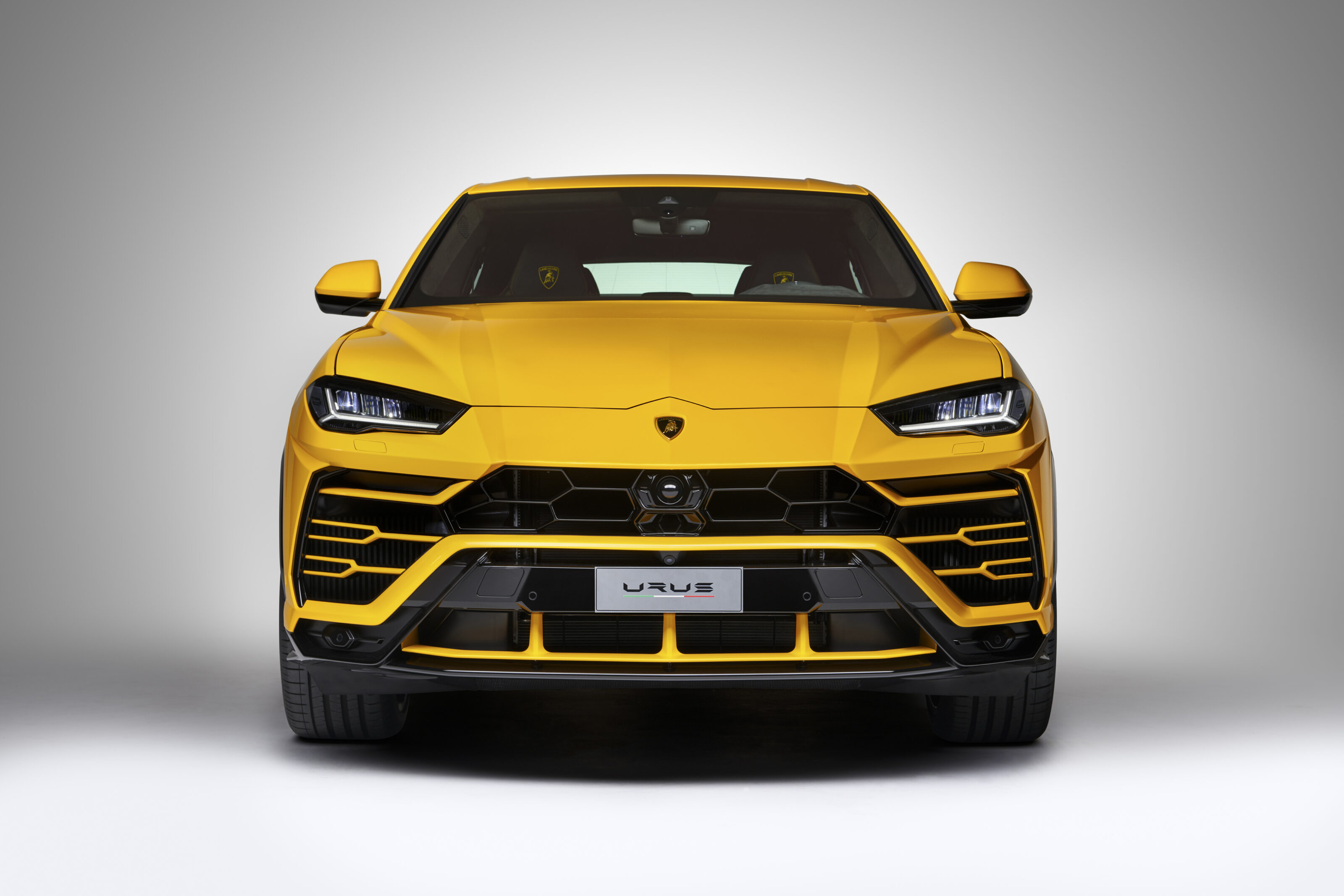
Scardaoni points to a number of technologies that help Lamborghini prolong its range of internal-combustion powerplants, such as start-and-stop, cylinder-on-demand as well as the continual refinement of the internal-combustion engine.
Lamborghini’s electrification roadmap remains under wraps for now, however, it’s clear that the storied Italian marque believes it must forge its own unique path ahead.
“With new technologies, with new materials, with a new form of electrification… we want to be a trend setter because this is what is written in our DNA”
We may have had our first glance at Lamborghini’s first steps towards electrification with the hugely intriguing Sian. But what’s next?
We know Urus has long been earmarked to receive a plug-in hybrid version, and with an update rumoured to be scheduled for 2022 as Ferrari’s own SUV seeks to enter the fray, Scardaoni states “I cannot say that much, I’m sorry for that, but of course yes you should stay tuned. Soon you will understand what we have been able, and what we are able, to do with Urus”.
Divergent paths
We asked Scardaoni at the Huracan STO launch how he sees the landscape of the super sports car shifting in the future, and he pointed to two main consumer trends.
One is electrification, which the Italian exec labels a ‘mega-trend’, but the other trend he singles out seems almost antithetical.
“We have more and more customers that are asking to experience the life of a pro driver” Scardaoni says.
Pointing to the recently launched $576,000 Huracan STO, he indicates that customers are increasingly asking to experience the emotion of a racing car which results in projects like the STO, born of Lamborghini’s Squadra Corse and GT3 programs.
These two development ethos seem to be polar opposites from each other, and illustrate the delicate balancing act that Sant’Agata must maintain to preserve its brand identity into the future.
We recommend
-
 News
NewsNew Electric Cars for Australia: Every EV for 2025 & beyond ⚡
The EV revolution is gaining strength in Australia, which means greater diversity and choice for buyers
-
 Motorsport
MotorsportEverything you need to know about the future of motorsport
The automotive world is changing rapidly, and with it motorsport. So what does the next five years hold for racing fans?
-
 Opinion
OpinionAustralia is the world’s EV laughing stock
Australia still indulges in embarrassing fossil fuel addiction while the rest of the world joins the e-volution


